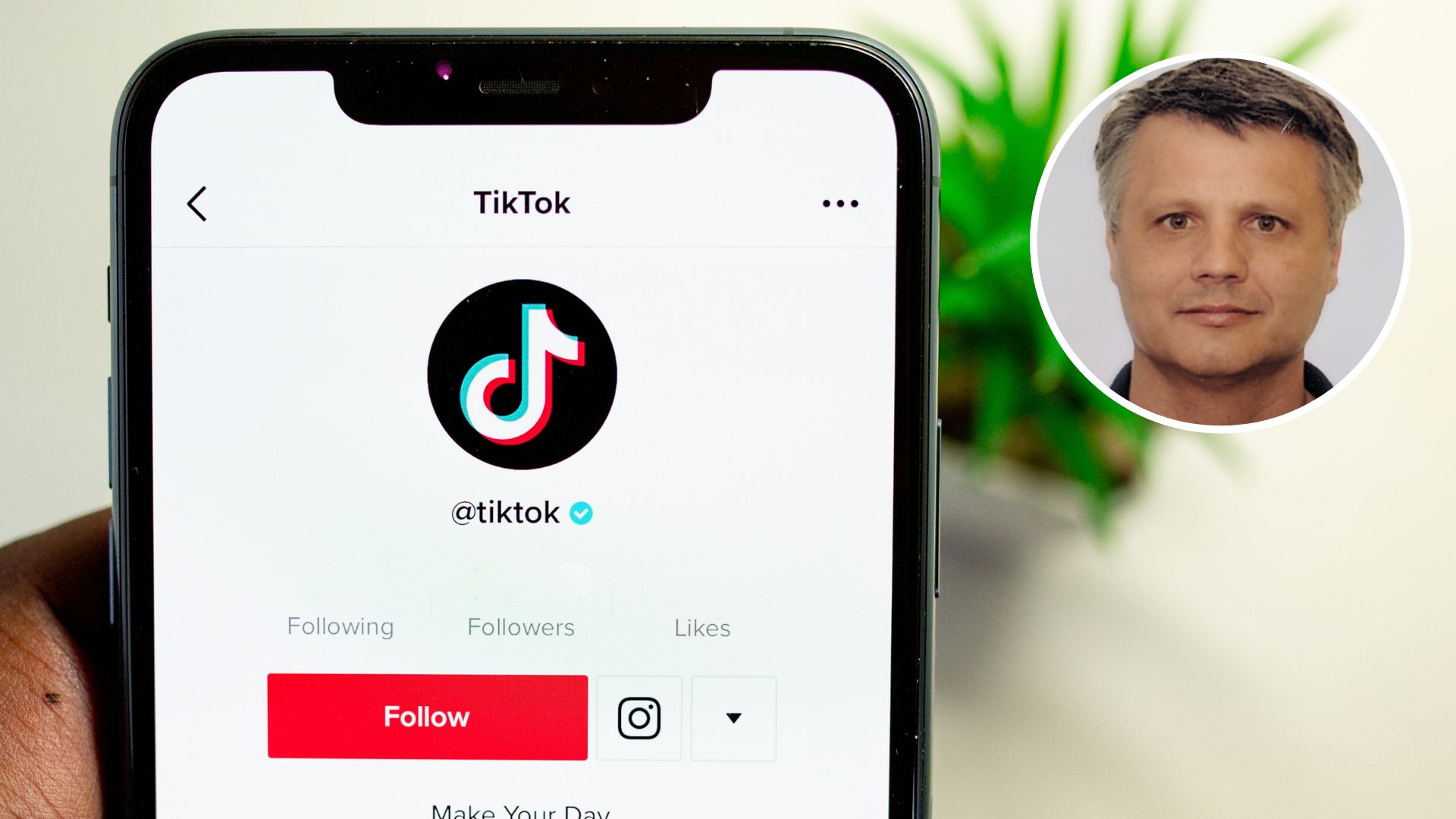- Charles Sturt researchers investigate use of TikTok by teenagers to talk about anxiety and mental health online
- Two hundred popular videos on TikTok were studied by a team of Charles Sturt academics
- Researchers hope findings can be used to help parents, teachers and clinicians initiate conversations with children about mental health
Did you TikTok too much during COVID-19? Most people did, but a Charles Sturt University academic has found how to turn that time into research that could help teenagers talk about mental health.
Lecturer in Health Services Management with the Charles Sturt School of Nursing, Paramedicine and Healthcare Sciences in Bathurst Dr Andrey Zheluk noticed his then 15-year-old daughter spent a lot of time on social media platform TikTok during lockdown.
He was working on research about YouTube and used the videos his daughter was sending him to take a similar approach to TikTok.
Dr Zheluk has been investigating how to measure and identify patterns of behaviour online to develop a standard approach to analysing health conversations on social media, specifically mental health and anxiety. The resulting study is ‘Adolescent Anxiety and TikTok: An Exploratory Study’.
“TikTok is one of the most popular and rapidly growing social media platforms globally, mainly used by adolescents and young adults,” he said.
“We want to better understand how different groups discuss health problems online. And then to integrate what they are saying with the science behind clinical treatment for anxiety and other health problems.
The research showed discussions about anxiety became more common during COVID-19 and Dr Zheluk said he hopes the research can create guidelines for parents, teachers, clinicians and researchers to use to engage adolescents in discussions around anxiety.
Dr Zheluk was assisted by Associate Professor in Nursing Judith Anderson from Charles Sturt in Bathurst and former Charles Sturt colleague Dr Sarah Dineen Griffin.
The team collected the 200 most viewed videos in English featuring the hashtag ‘anxiety’. They analysed the metadata to determine how many times the video was viewed, how many likes it received, when the video was created, whether the creators were male or female and whether they were a mental health professional or influencer.
They compared the content with the Royal Australian and New Zealand College of Psychiatrists anxiety treatment guidelines to determine if they lined up with scientific evidence for treating anxiety.
“Many of the TikToks we analysed feature young people in genuine distress,” Dr Zheluk said.
“By improving the understanding of the emotion as well as the science that TikToks carry within them, we hope to improve the use of TikTok as a tool that can be used to engage adolescents with discussions around anxiety.”
Of the most popular videos about anxiety on TikTok, 54 per cent were produced by female influencers and 31 per cent by male influencers. Health professionals were largely absent from the most popular videos.
It was found that males and females talk about anxiety differently, with females using self-disclosure and males using humour. Trends among the videos were also noticed, with popular songs and editing techniques found in most that were analysed.
“By looking at a TikTok as a complete creative package, and not just a vehicle for health content, we hope to encourage clinicians’ and researchers’ understanding of how TikTok exerts an emotional influence and perhaps create their own emotionally-engaging science-based content that makes full use of the medium,” Dr Zheluk said.
As a result of the research, Dr Zheluk recommends teachers, parents and clinicians be aware of the different way that anxiety is being discussed online.
He also said that TikTok is teaching teenagers to navigate their emotions and that teachers, parents, clinicians and researchers should take the time to understand TikTok to engage with children about the worlds they inhabit.






Social
Explore the world of social